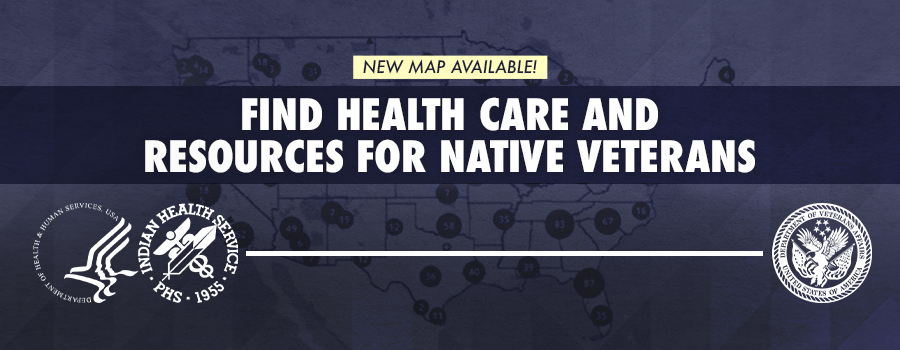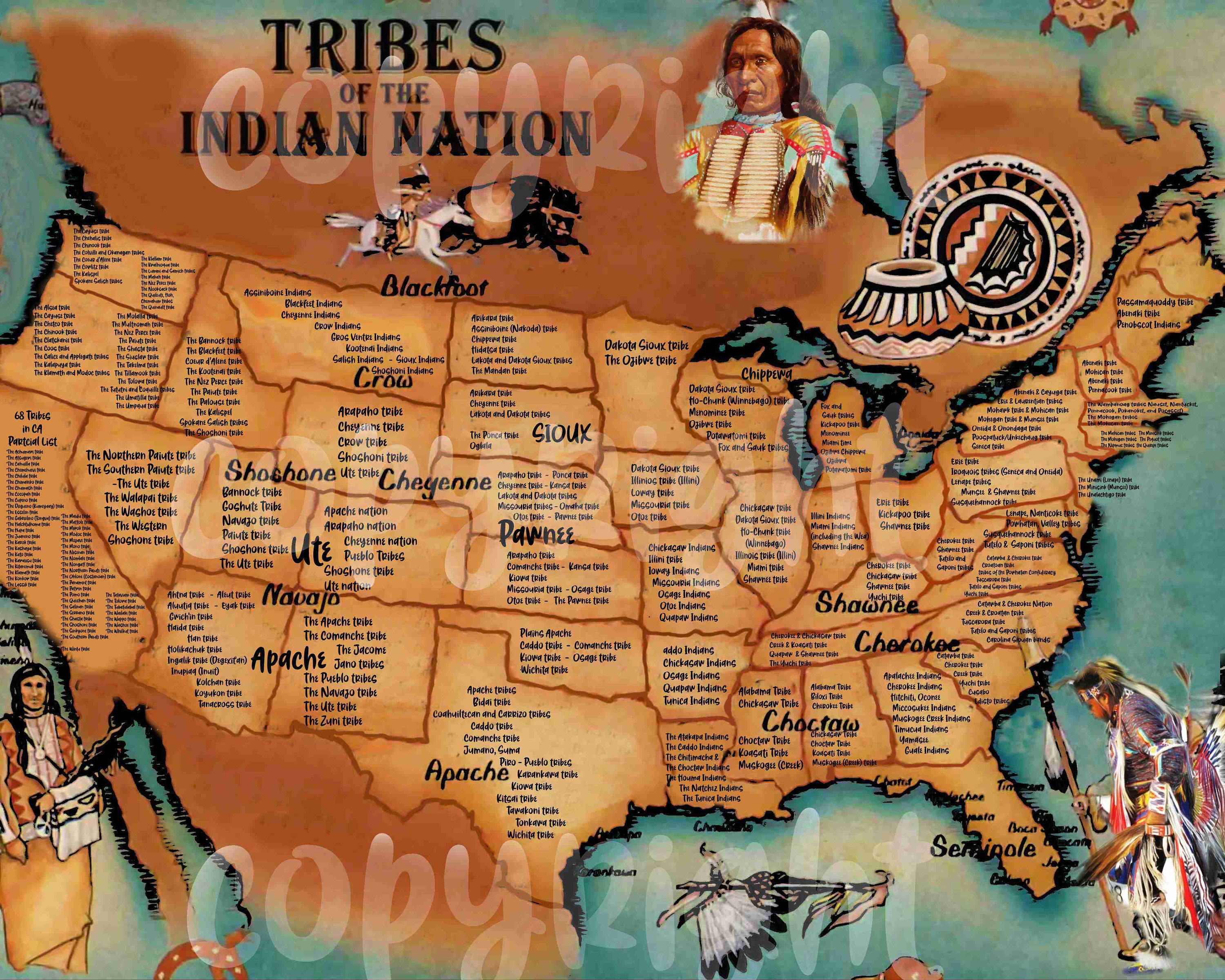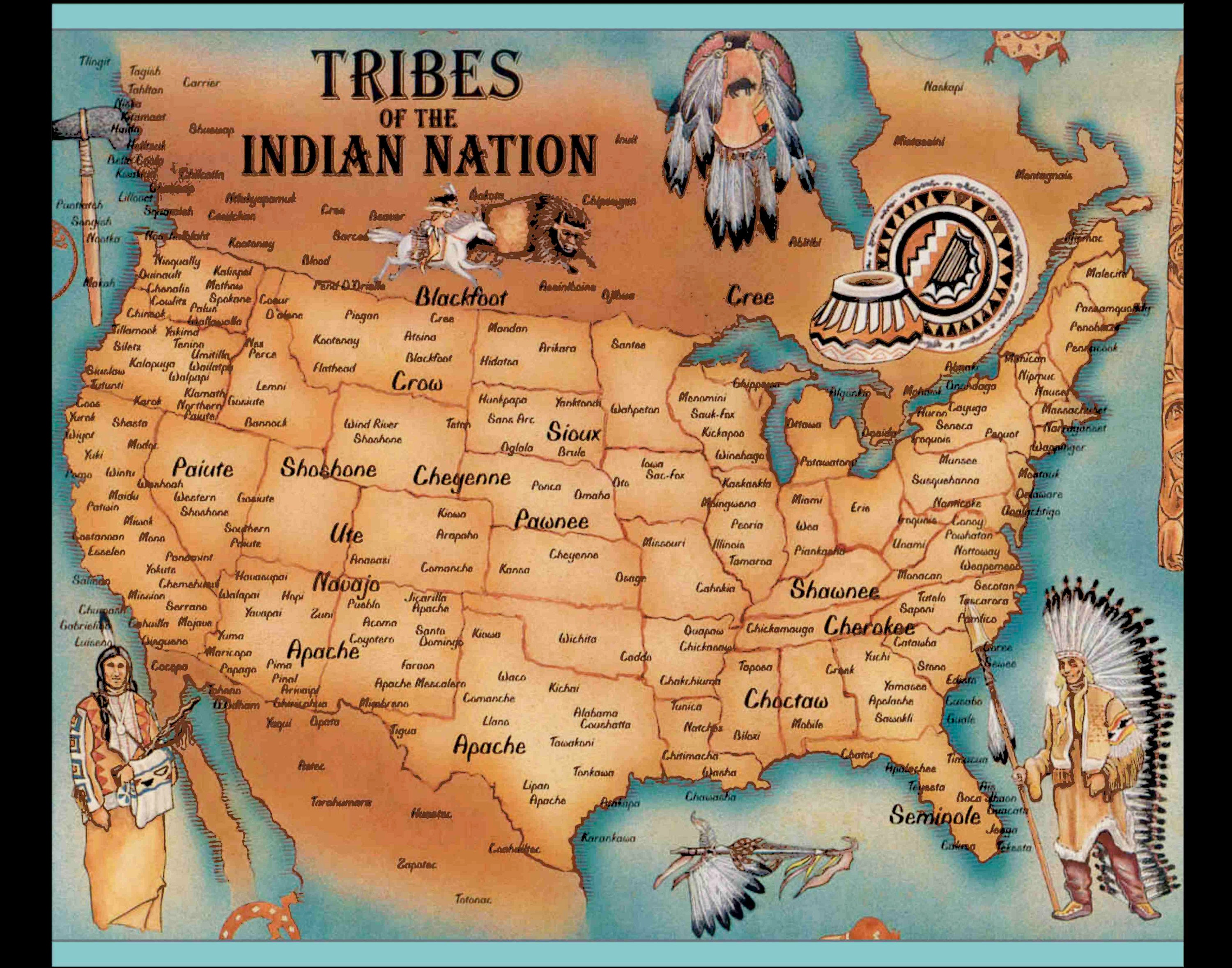
Here is a 1200-word article in English, directly discussing the Map of Native American Veterans, focusing on history, identity, and its relevance for travel and historical education.
>
The Unseen Frontline: A Journey Through the Map of Native American Veterans
The Map of Native American Veterans is far more than a geographical representation; it is a profound testament to an enduring legacy of service, sacrifice, and complex identity. For too long, the contributions of Indigenous peoples to the defense of the United States have been marginalized or overlooked. This map, whether a digital interactive platform or a physical display, serves as a crucial corrective, illuminating the pervasive, disproportionate, and often paradoxical role Native Americans have played in every major U.S. conflict, from the Revolutionary War to the present day. It is a vital tool for historical education, a poignant guide for cultural understanding, and an essential resource for anyone seeking to comprehend the deep, interwoven narratives of Indigenous sovereignty and American patriotism.

Mapping a Legacy: What the Map Reveals
At its core, the Map of Native American Veterans visually articulates the presence of Indigenous servicemembers across the vast and varied landscape of the United States. It identifies communities, reservations, and tribal lands from which veterans hail, often pinpointing their branch of service, conflict era, and sometimes even individual stories. This visualization immediately shatters the stereotype of a monolithic "Native American" identity, instead showcasing the incredible diversity of over 574 federally recognized tribes, each with its own history, language, and culture, yet united by a shared commitment to military service.
The map typically highlights:
- Geographic Distribution: Revealing clusters of veterans in specific tribal nations or regions, often correlating with areas of high Indigenous population.
- Tribal Affiliation: Connecting veterans directly to their specific tribal heritage, underscoring the unique identity each carries.
- Conflict Eras: Illustrating continuous service across centuries, from World War I and II, Korea, and Vietnam, to the Gulf Wars and the ongoing conflicts in the Middle East.
- Disproportionate Service: Visually demonstrating the remarkably high per capita enlistment rates among Native Americans, often exceeding any other demographic group in the U.S.


This visual data is not merely statistical; it is a powerful narrative tool. It invites users to zoom in on a particular reservation and discover the stories of its veterans, or to pan across the nation and grasp the sheer scale of Indigenous involvement. It transforms abstract numbers into tangible connections, making history personal and immediate.
A Warrior Ethos: The Historical Arc of Native American Service
To understand the profound significance of the Map of Native American Veterans, one must delve into the historical currents that have shaped Indigenous military service. The "warrior tradition" is often cited as a primary motivator, and while this concept requires nuanced understanding to avoid romanticization, it undeniably plays a role. For many tribes, defense of community, family, and land was a sacred duty, and martial prowess was a path to honor and leadership long before the arrival of Europeans.
Early Encounters and the Formation of the U.S.: Indigenous warriors were instrumental in conflicts like the French and Indian War and the American Revolution, often fighting as allies to European powers or early American colonists. Their knowledge of the land, tracking skills, and distinct fighting tactics were invaluable. Yet, even as they fought alongside emerging American forces, their own sovereignty and territorial rights were systematically undermined.
The Civil War and Westward Expansion: Native Americans served on both Union and Confederate sides, often for complex reasons tied to existing treaties, tribal alliances, or perceived opportunities for self-preservation amidst the relentless tide of westward expansion. Post-Civil War, many Indigenous men were recruited as scouts for the U.S. Army, paradoxically aiding in campaigns that often led to the subjugation of other Native nations. This era highlights the deep moral ambiguities and difficult choices faced by Indigenous peoples.

The World Wars: A Pivotal Shift: The 20th century saw a dramatic increase in Native American military service, even before many were granted full U.S. citizenship in 1924. World War I saw thousands of Native men enlist, many serving with distinction, like the famed Choctaw Code Talkers. World War II, however, truly solidified their reputation for valor. Over 44,000 Native Americans served – an extraordinary 10% of the total Native population at the time. This included the iconic Navajo Code Talkers, whose unbreakable code was vital to Allied victory in the Pacific, and figures like Ira Hayes, a Pima Marine immortalized in the Iwo Jima flag-raising photograph. They fought for a nation that, for centuries, had waged war against their own people, confined them to reservations, and attempted to assimilate their children through boarding schools. This profound paradox – fighting for a country that denied them basic rights and dignity – is a central theme of Native veteran history.
Korea, Vietnam, and Modern Conflicts: The trend of high enlistment continued. In Korea and Vietnam, Native Americans again served in disproportionately high numbers, enduring the same traumas as their non-Native counterparts, often compounded by cultural isolation and a lack of culturally sensitive support upon return. The Gulf Wars, Iraq, and Afghanistan have seen a new generation of Native warriors continue this unbroken chain of service, bringing their unique cultural perspectives and resilience to modern battlefields.
The map visually connects these historical threads, allowing users to see how specific tribal nations have consistently contributed to the nation’s defense, generation after generation. It’s a powerful repudiation of the "vanishing Indian" narrative and a testament to enduring presence and patriotism.
Identity and Sovereignty: The Two Flags
Perhaps the most compelling aspect illuminated by the Map of Native American Veterans is the complex interplay of identity and sovereignty. For many Indigenous veterans, service is not merely an act of American patriotism; it is an extension of their tribal identity, a continuation of a sacred duty to protect their people and their lands. They fight under two flags: the Stars and Stripes, and their tribal flag.
This dual allegiance is often misunderstood by the broader American public. For Native veterans, "country" can mean both the United States and their ancestral homelands, their reservation, and their tribal nation. Military service, for many, is seen as a way to defend their inherent sovereignty, to assert their place as vital members of both their tribal community and the larger American fabric. Upon returning home, Native veterans often become pillars of their communities, leaders, cultural keepers, and advocates for their people. Their military experience often reinforces their tribal identity, making them respected elders and role models.
However, this dual identity also presents unique challenges. Many Native veterans experience a disconnect between the honor they receive within their tribal communities and the often-insufficient or culturally insensitive support systems offered by mainstream veteran services. Issues like PTSD, substance abuse, and homelessness are exacerbated by a lack of culturally competent care on reservations and a system that frequently fails to understand the specific historical trauma and cultural context of Indigenous experiences. The map, by showing the geographical spread of these veterans, implicitly highlights these disparities and the need for targeted, culturally appropriate resources.
The Map as an Educational and Travel Resource
For a travel and history education blog, the Map of Native American Veterans offers unparalleled opportunities for engagement:
- Challenging Stereotypes: It directly confronts and debunks simplistic or romanticized notions of Native Americans, presenting them as complex, modern individuals deeply connected to their heritage yet actively participating in national life.
- Promoting Cultural Understanding: By linking service to specific tribal nations, the map encourages deeper research into individual tribes, their histories, languages, and contemporary challenges. Travelers can use it as a guide to visit tribal museums, cultural centers, and powwows, fostering respectful engagement.
- Inspiring Travel with Purpose: Instead of superficial tourism, the map can inspire "heritage travel" or "educational tourism." Imagine tracing the origins of a particular veteran on the map, then visiting their tribal lands, learning about their culture firsthand, and perhaps even meeting their descendants.
- Highlighting Unsung Heroes: It brings to light countless stories of valor and resilience that are absent from mainstream historical narratives, enriching our collective understanding of American history.
- Advocacy and Awareness: For educators, the map is a powerful tool to discuss issues of sovereignty, historical injustice, disproportionate service, and the ongoing need for equitable veteran care. It prompts critical thinking about what it means to be an American and who truly bears the burden of defending the nation.
Imagine a blog post titled "Following the Footsteps: A Journey Through Native American Veteran Lands," guiding readers to specific sites, museums, and events connected to the veterans highlighted on the map. This would transform a static image into a dynamic, experiential learning opportunity.
Conclusion: An Enduring Legacy
The Map of Native American Veterans is a living document, constantly evolving as new stories are unearthed and new generations serve. It is a powerful reminder that Indigenous peoples have always been, and continue to be, integral to the fabric of the United States. Their service, marked by immense courage and profound paradox, underscores a resilience born from centuries of struggle and an unwavering commitment to both their tribal nations and the broader American ideals of freedom and defense.
For anyone seeking to understand the true depth of American history, the complexities of identity, and the enduring spirit of its first peoples, this map is an indispensable guide. It compels us to remember, to honor, and to acknowledge the unseen frontline that Native American veterans have always held, a legacy etched not just on battlefields, but across the heartland of a nation they have served with unparalleled distinction. To engage with this map is to embark on a journey of discovery, challenging preconceptions and fostering a deeper, more respectful appreciation for the rich and often untold stories of America’s Indigenous warriors.
>


